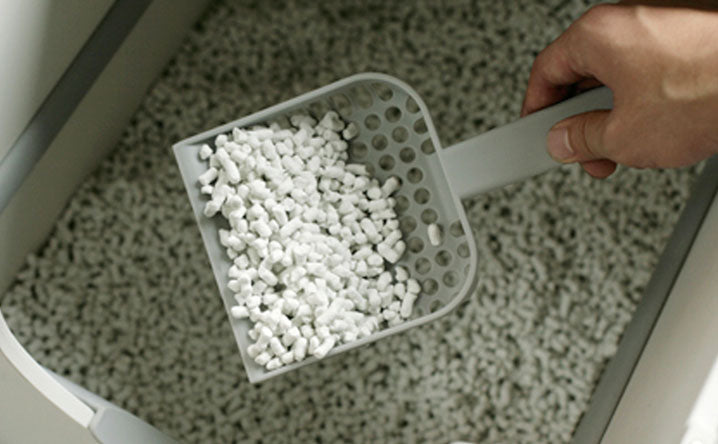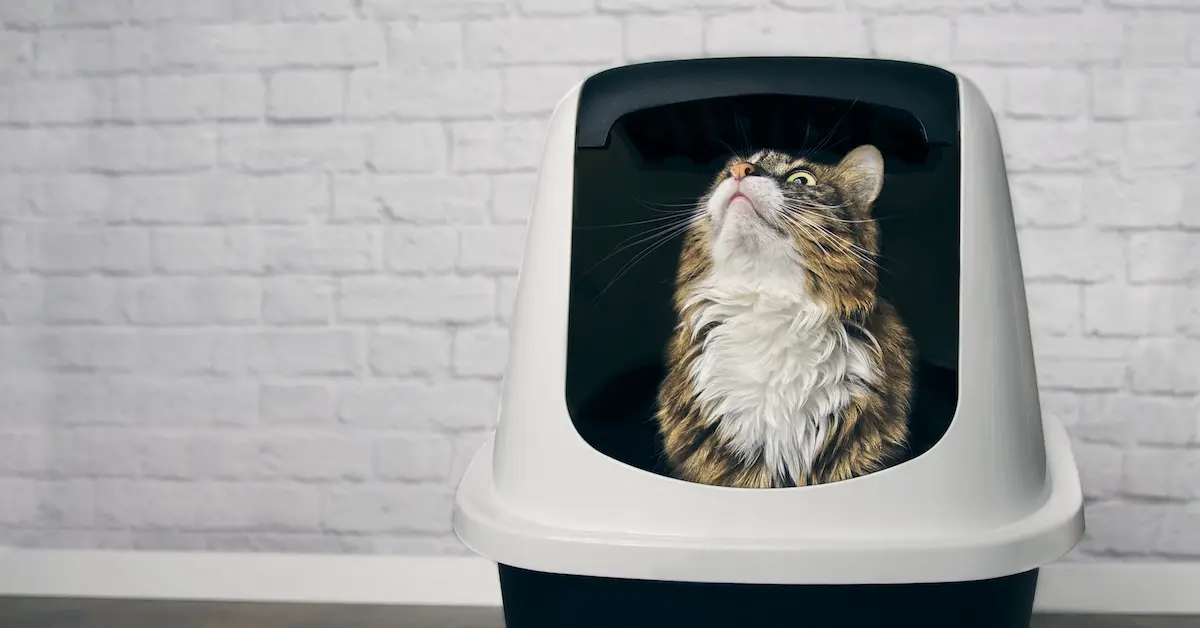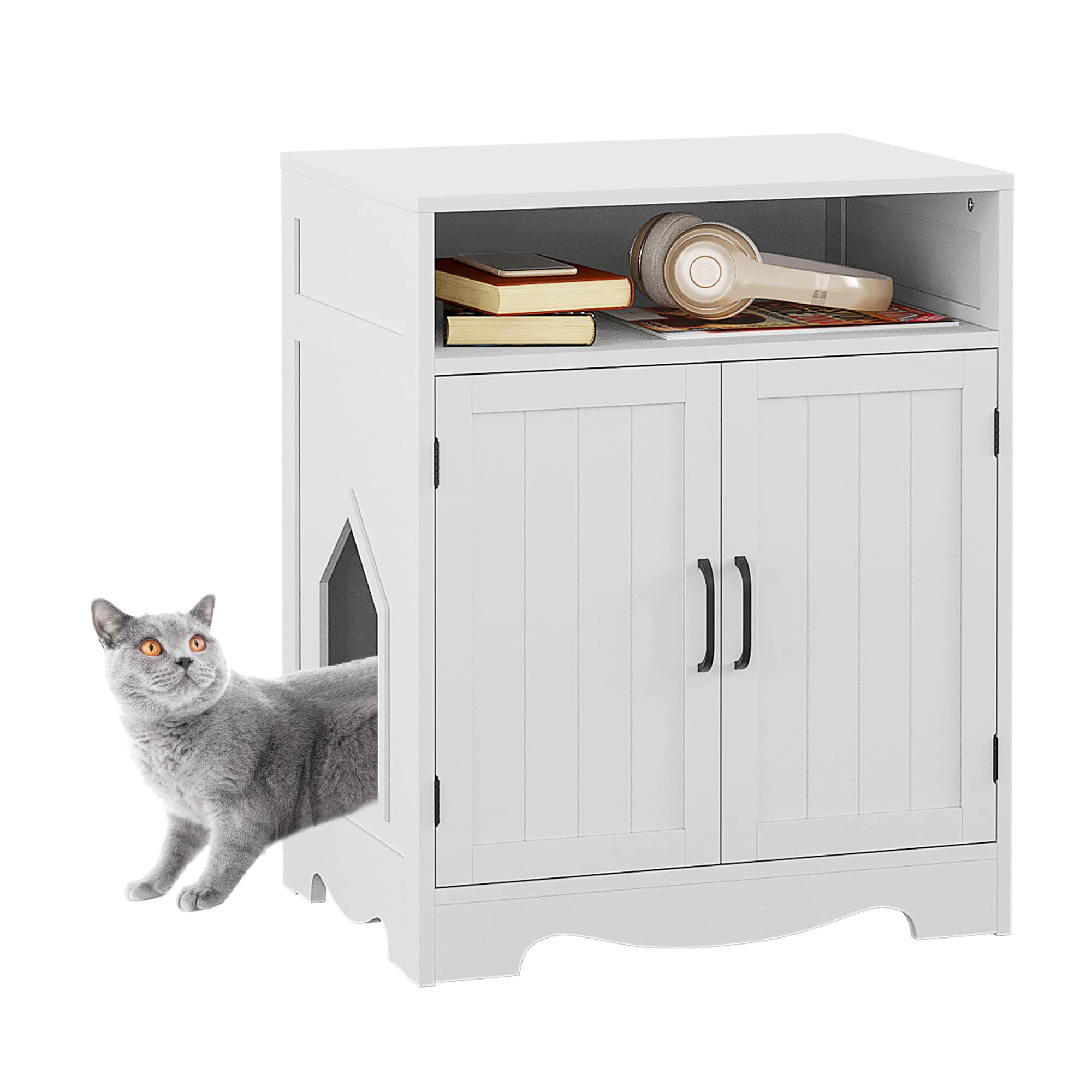To change cat litter, start by removing a third of the old litter from the box and gradually replacing it with the new litter until fully transitioned. Avoid sudden changes to prevent cat aversion or confusion.
When switching litter types, gradually mix new litter with the old to acclimate your cat. Additionally, consider the frequency of litter changes based on clumping or non-clumping litter types, the number of cats using the box, and odor control. Keeping your cat’s litter box clean and fresh is crucial for its health and hygiene.
Whether you’re transitioning to a new type of litter or simply replacing the old one, it’s important to do it gradually to avoid any issues with your cat using the box. Understanding the best methods for changing cat litter and the frequency of litter changes can make a significant difference in your cat’s litter box habits and overall well-being.
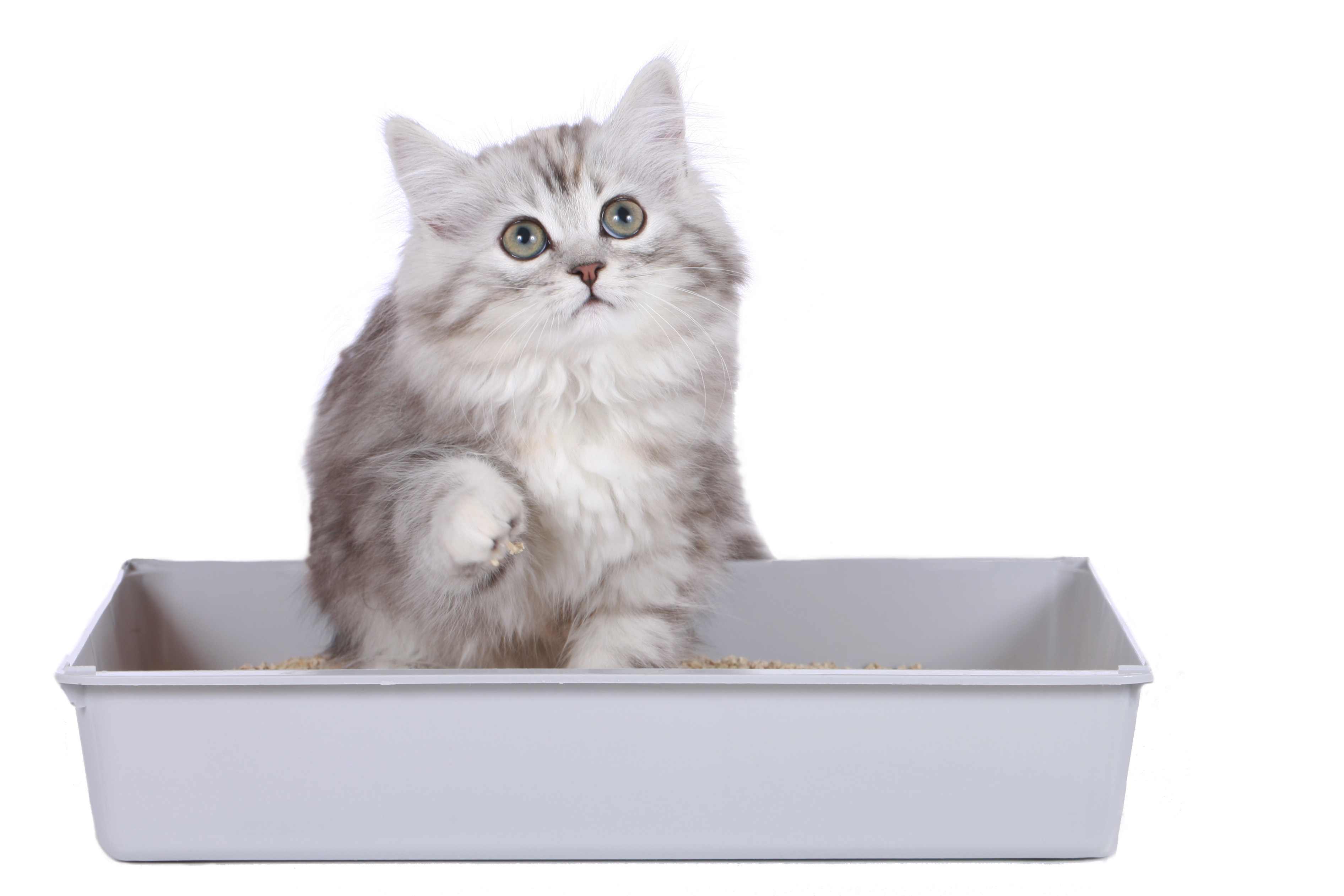
Credit: www.armandhammer.com
Choosing The Right Litter
Factors To Consider
- Odor control
- Dust level
- Clumping ability
- Cat preferences
Types Of Cat Litter Available
| Type | Features |
|---|---|
| Clay | Good odor control |
| Clumping | Easy to clean |
| Silica | Super absorbent |
How to switch to a new cat litter: Start by mixing new litter with old gradually to help your cat adjust.
When to change cat litter: Clumping litter may need changing every two weeks for one cat or weekly for multiple cats.
Getting your cat used to a new litter box: Introduce it slowly, keep the old one nearby, and encourage use with toys or treats.
Transferring cat litter: Mix in a little new litter with the old for a gradual transition that your cat may not notice.
How Often To Change Cat Litter
To maintain a clean and fresh litter box, it is recommended to change cat litter at least once a week. However, if you have multiple cats using the same litter box, it may need to be changed more often, such as every 2-3 days.
Regularly scooping out waste and clumps can help extend the time between complete litter changes.
Signs It’s Time to Change Litter
It is important to be vigilant for any signs that indicate it’s time to change the cat litter. A strong odor emanating from the litter box is a clear indicator that it needs changing. Clumping litter also needs to be changed when the urine forms solid clumps. Additionally, the rapid accumulation of waste or feces not being hidden by the litter is an indication that the litter needs to be changed.
Determining Frequency
How often you need to change your cat’s litter depends on several factors such as the type of litter, the number of cats using the litter box, and whether the litter is clumping or non-clumping. Typically, it is recommended to scoop the litter box once or twice a day to remove waste and clumps. Complete litter changes should be done anywhere from once a week to once every two weeks, depending on the previously mentioned factors. It is important to monitor the litter box regularly to ensure it remains clean and odor-free.
Signs It’s Time To Change Litter
- A strong odor coming from the litter box
- Clumping litter forming solid clumps
- Rapid accumulation of waste or visible feces
Transitioning Cat Litter
Transitioning cat litter can be a delicate process to ensure your feline friend is comfortable and adapted to the new litter. Gradually introducing the new litter and providing necessary assistance can help alleviate any discomfort or confusion for your cat. Here are some effective strategies for transitioning cat litter:
Gradual Changeover Process
- Mixing the old and new litter: Start by replacing one-third of the old litter in the box with the new litter. This allows your cat to become familiar with the new scent and texture gradually.
- Observing your cat’s reaction: Your cat might initially show curiosity towards the new litter, sniffing it more than usual. Monitor their behavior and ensure they are adapting well.
- Increasing the new litter: Over the course of several days, gradually increase the amount of new litter while decreasing the old litter. This helps your cat transition without the sudden change being overwhelming.
- Complete transition: Eventually, after a week or so, the old litter can be completely replaced with the new litter. By following this gradual changeover process, you can minimize any stress or resistance from your cat during the transition.
Tips For Helping Cats Adjust
Assisting your cat during the litter transition can make the process smoother and more comfortable for them. Here are some tips to help your cat adjust to the new litter:
- Placement: Ensure the litter box is located in a quiet and accessible area, away from high foot traffic or noisy appliances. Cats appreciate privacy when using the litter box.
- Encouragement: Place toys or treats near the litter box to create positive associations with the new litter. Reward your cat with praise or a small treat when they successfully use the new litter box.
- Cleanliness: Keep the litter box clean and fresh to maintain good litter box habits. Regularly scoop the litter box and replace the litter as needed. This helps prevent any aversions your cat might develop towards the new litter.
- Patience: Every cat is unique, and some might take longer to adjust to the new litter. Be patient and provide support during the transition.
Remember, transitioning cat litter is a process that requires time, patience, and understanding. By following these gradual changeover steps and providing appropriate assistance, you can help your cat adjust smoothly to the new litter without causing unnecessary stress or discomfort.
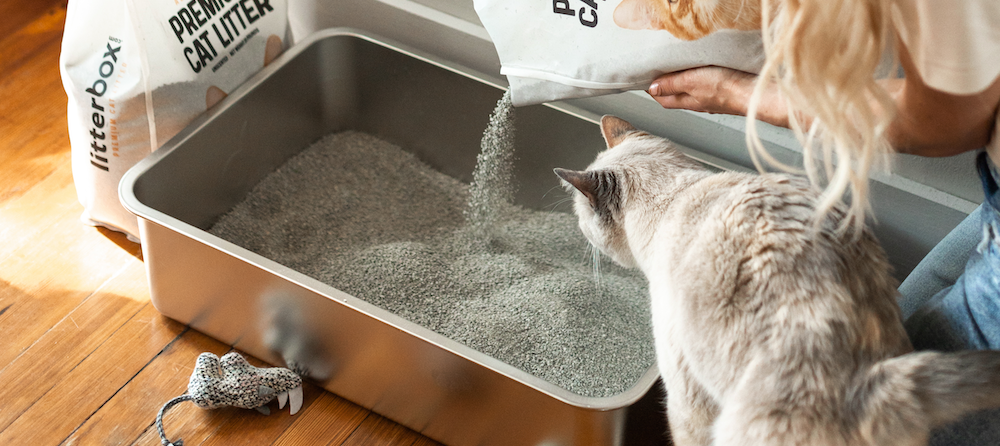
Credit: www.litter-robot.com
Step-by-step Guide
Emptying The Litter Box
- Step 1: Remove the used litter by scooping it into a trash bag.
- Step 2: Dispose of the bag with used litter in a designated garbage bin.
Cleaning The Litter Box
- Step 1: Use warm water and mild soap to scrub the litter box thoroughly.
- Step 2: Rinse the box with clean water and dry it completely before adding new litter.
Best Practices
When it comes to changing cat litter, there are essential best practices that every pet owner should follow to ensure proper hygiene and the well-being of the cat. These practices include maintaining proper hygiene measures and ensuring the correct storage of cat litter. By adhering to these best practices, you can create a clean and healthy environment for your feline friend.
Proper Hygiene Measures
When changing cat litter, it is crucial to maintain proper hygiene measures to prevent the spread of bacteria and ensure the health of both the cat and the pet owner. This includes the following:
- Wearing disposable gloves when handling the litter
- Washing hands thoroughly after changing the litter
- Cleaning the litter box using a mild soap and water at least once a week
Storage Of Cat Litter
Proper storage of cat litter is essential to maintain its effectiveness and prevent any contamination. Here are some tips for storing cat litter:
- Store the cat litter in a dry and sealed container to prevent moisture and odor absorption
- Avoid storing the litter near food or in areas with high humidity
- Keep the litter away from direct sunlight as it can affect its odor-controlling properties
Common Mistakes To Avoid
When changing cat litter, avoid starting sentences with overused phrases like “when it comes to” or “if you. ” Keep sentences brief and use a variety of expressions to maintain reader interest. Follow these guidelines to ensure your content is SEO friendly, unique, and easy to understand.
Ignoring Litter Box Odors
Cats are sensitive to odors, and a smelly litter box can lead to your cat avoiding it. Regular cleaning is crucial.
Using Incorrect Litter Amounts
Adding too much or too little litter can affect your cat’s comfort and the effectiveness of odor control. Follow recommended amounts.

Credit: www.youtube.com
Frequently Asked Questions
How Do You Switch To A New Cat Litter?
When switching to a new cat litter, replace one-third of the old litter with new litter at first. Gradually increase the new litter daily until fully transitioned. Encourage your cat with treats and toys and keep the old litter box nearby during the transition.
How Often Should You Change Cat Litter?
Change the cat litter completely once a week if multiple cats use it, or every two weeks for a single cat.
How Do I Get My Cat Used To A New Litter Box?
To get your cat used to a new litter box, introduce it slowly, place near old box, add toys or treats, and encourage use after meals. Gradually mix new litter with old for a smooth transition.
How Do You Transfer Cat Litter?
To transfer cat litter, gradually mix in a small amount of the new litter with the old one. Fill the litter box with the new litter and top it off with the familiar old litter. This helps your cat adjust to the change gradually.
Conclusion
Changing cat litter is an essential part of maintaining a healthy environment for your feline companion. By following the right techniques and products, you can ensure a clean and odor-free litter box. Regular changing of cat litter not only promotes your cat’s well-being but also contributes to a hygienic living space for both you and your pet.


